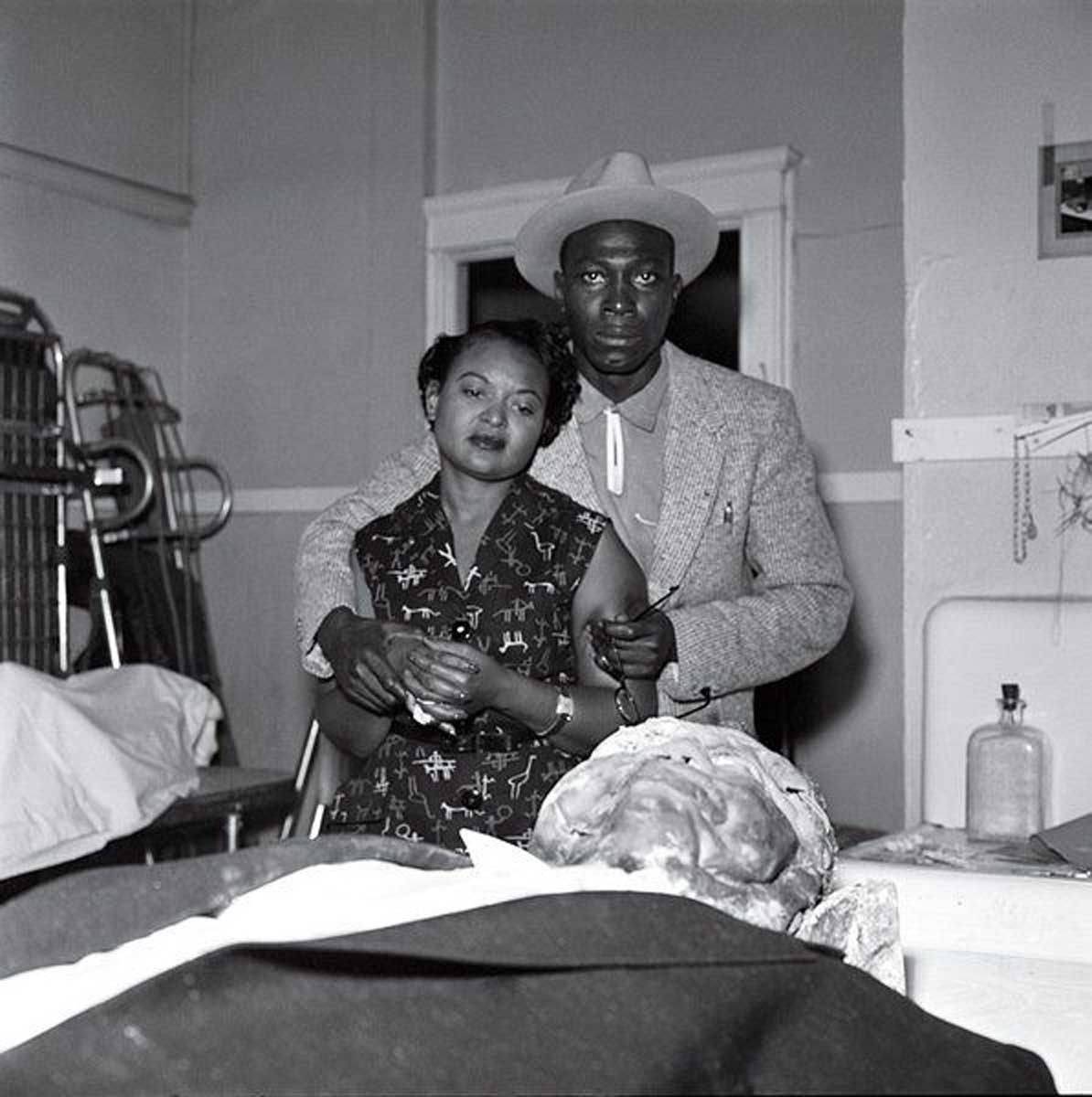Indiana’s round barns stand as countryside ‘cathedrals’
Published 4:00 pm Wednesday, January 13, 2016

- Contributed photoA crew works to restore the Fulton County Historical Society round barn, which was badly damaged last summer during a storm. Repairs should be completed by spring. Photo by Shirley Willard.
GREENSBURG, Ind.- Historian Shirley Willard calls round barns the “cathedrals” of the countryside. They are symbols of a bygone time in Indiana agriculture when farmers combined form, function and aesthetics.
Their heyday was 1890 to 1915. Agricultural experts of the day advocated round barns as efficient and economical. Architect Benton Steele of Pendleton advertised them as “the cheapest and best from every standpoint” with their “ordinary joist frame construction, assisted by the new bending system.”
Trending
Indiana has long claimed the title “round-barn capital” of the nation with more round barns than any other state. From 1985 to 1988, the Indiana Round-Barn Survey identified 226 structures in Indiana. Since then, tornadoes, fire and aging have claimed more than half. As of 2015, 95 to 100 were still standing, Willard says.
George Washington is believed to have built the first round barn in the United States in 1792 – actually a 16-sided barn used as a treading mill to thresh grain.
The Shakers were known for circular barns starting in the 1820s, the designs serving as a metaphor for life in the community. The top level served as a gathering place and hay room. On the main floor, livestock were kept in stanchions radiating out from a central grain bin, and hay could be dropped from the level above.
“While many round barns have been lost, several new ones have been built, including a horse training barn near Lafayette,” Willard notes with pride.
For her and so many others in north central Indiana, saving round barns is a labor of love. “They’re so beautiful. When you see one, you just say, ‘Oh my goodness.’ ”
Neal writes for the (Indiana) Greensburg Daily News.





